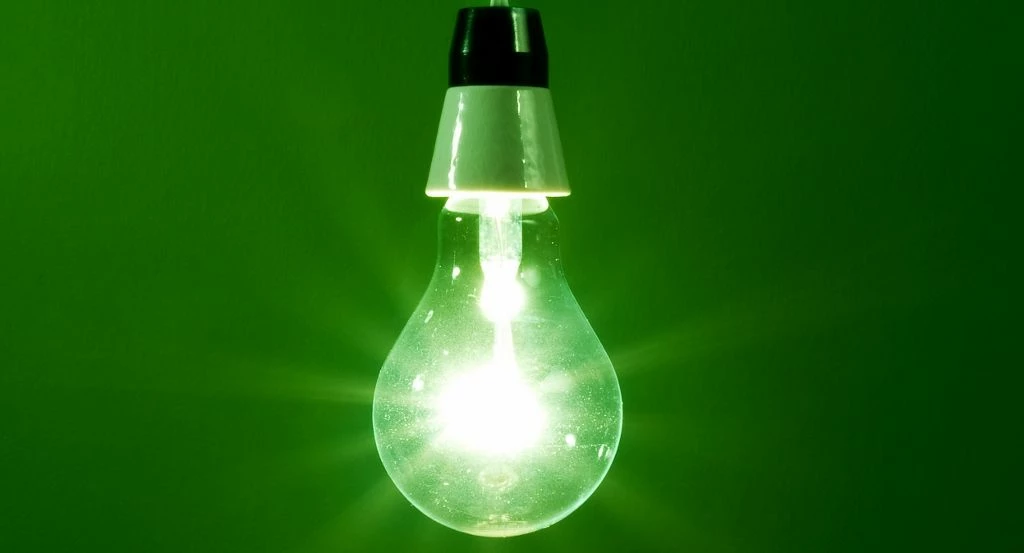
Partner Article
Thermal generation drops to record low
A new study by a Teesside analyst has shown that 2020 saw the lowest levels of conventional thermal generation (gas and coal) on record, as high renewable output and low demand led to a reduction in market prices.
Those were the key headlines from the 2020 GB electricity market summary from Stockton-on-Tees-based EnAppSys.
Combined generation from coal and gas-fired plants amounted to 102.7TWh last year – the lowest figure on record and less than half the 230.5TWh produced by these two power sources in 2011.
Renewables was the dominant player in the GB power mix last year, producing a record 41% (or 120.3TWh) of overall output. This is the largest share seen so far for the renewable fleet on an annual basis, up 18% from the 35% share in 2019. It equates to 15TWh more renewable energy than generated in 2019.
Wind farms continued to be the primary source of renewable generation in the GB power market, producing 74.0TWh across the year. This was more than twice the output from the second largest contributor, biomass, which produced 28.5TWh.
Last year was also notable for an extended period without coal-fired generation, which has generally been decreasing gradually year by year. Q2 2020 saw a record-breaking 67 days and 16 hours without coal as part of the fuel mix – the longest coal-free period in Britain since this power source was first used to generate electricity continuously in London by Thomas Edison in 1882.
With lockdown measures implemented across several months in 2020, total demand was an unprecedented 7% lower than in 2019.
The combined effect of lower demand, high renewable output and low fuel prices resulted in a material reduction in market prices from the previous year, with average day-ahead prices of £35/MWh representing an 18% drop on 2019.
Paul Verrill, director of EnAppSys, said: “Last year was a record year for renewable generation and this, coupled with the impact of lower demand resulting from COVID lockdowns, saw the lowest levels of conventional thermal generation in recent history. For a notable portion of 2020, these conditions meant that coal and gas-fired plants often fell down the merit order. Nuclear production was also down, in part reflecting contractual arrangements to take Sizewell offline during the May to September period to provide greater headroom to support system security.
“The combination of low demand and high renewable output saw occasional requirements for actions by National Grid to increase system inertia by bringing on conventional spinning generation on occasions, most notably during the May Bank Holiday weekends at the height of the first lockdown.
“Market prices fell materially in response to the low demand conditions. Last year was also notable for periods of negative prices with some very low prices occurring – notably £-70.49/MWh on May 22 and £-65.94/MWh on June 28, with prices remaining negative for hours at a time on a number of occasions during Q2. These occurred during periods of low demand, when large volumes of wind had to be bid down or switched off.”
This was posted in Bdaily's Members' News section by EnAppSys .
Enjoy the read? Get Bdaily delivered.
Sign up to receive our daily bulletin, sent to your inbox, for free.








 How to make your growth strategy deliver in 2026
How to make your growth strategy deliver in 2026
 Powering a new wave of regional screen indies
Powering a new wave of regional screen indies
 A new year and a new outlook for property scene
A new year and a new outlook for property scene
 Zero per cent - but maximum brand exposure
Zero per cent - but maximum brand exposure
 We don’t talk about money stress enough
We don’t talk about money stress enough
 A year of resilience, growth and collaboration
A year of resilience, growth and collaboration
 Apprenticeships: Lower standards risk safety
Apprenticeships: Lower standards risk safety
 Keeping it reel: Creating video in an authenticity era
Keeping it reel: Creating video in an authenticity era
 Budget: Creating a more vibrant market economy
Budget: Creating a more vibrant market economy
 Celebrating excellence and community support
Celebrating excellence and community support
 The value of nurturing homegrown innovation
The value of nurturing homegrown innovation
 A dynamic, fair and innovative economy
A dynamic, fair and innovative economy